[/caption]
With the recent solar activity and the high possibility of more coming up, here is an easy guide to observing the aurora. An aurora is a natural light display high in the Earth’s atmosphere, caused by energetic particles from the Sun, colliding with the Earth’s magnetic field.
These light displays are called the Aurora Borealis in the Northern hemisphere and Aurora Australis in the Southern hemisphere, but are commonly known as the Northern and Southern lights.
Viewing aurorae is incredibly simple, but the conditions need to be right for a display to appear.
Normally you can only see aurorae near the poles, such as in Canada, Iceland, and Norway or southern Australia and Antarctica, but when the Sun is highly active, more solar material is thrown in Earth’s direction, creating powerful geomagnetic storms. These storms can bring auroral displays further south to areas such as Southern UK and North to mid latitudes of the USA.
The intensity scale is known as the Planetary KP index and basically the higher the KP number the further south Aurorae can be seen, KP 8 or higher can be good for observers further south. To find out what current levels are check spaceweather.com or the Geophysical Institute at the University of Alaska Fairbanks
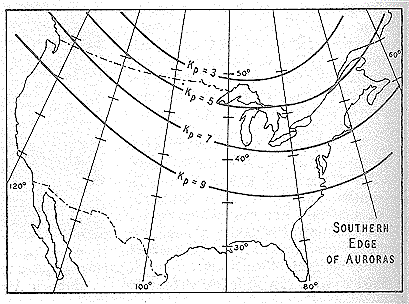
If aurora activity is predicted to be high and there is a possibility of seeing it at your location, try and find an area away from light pollution or bright lights and let your eyes adjust to the dark. This may require you to travel into the countryside to escape bright city light pollution.
The best time to spot aurora is around local midnight, but this can change depending on viewing conditions and the current intensity of the magnetic storm.
Once you are comfortable and your eyes have adjusted to the dark, face north (or south in the Southern Hemisphere).
You do not need binoculars, a telescope, or any other optical aid other than glasses if you wear them.
Look low and close to the horizon and look for the faint green/ reddish glow of aurora. It may be quite difficult to see at first, but if it is a powerful display it can be very easy to spot.
I live in the South of the UK and have seen the waving bands and curtain like structures quite easily in powerful geomagnetic storms.
If you have a camera that takes long exposures, use a tripod and try to image the aurora and send us your results.
Most of all, enjoy the show! Good luck!
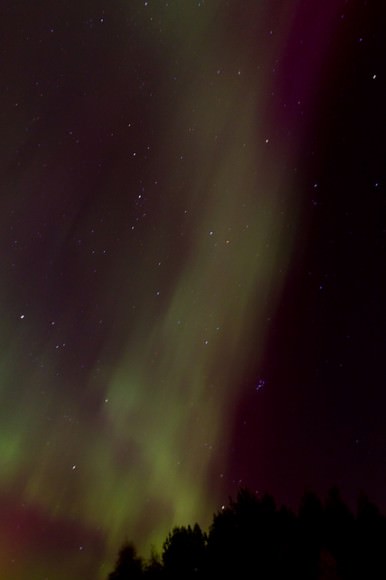
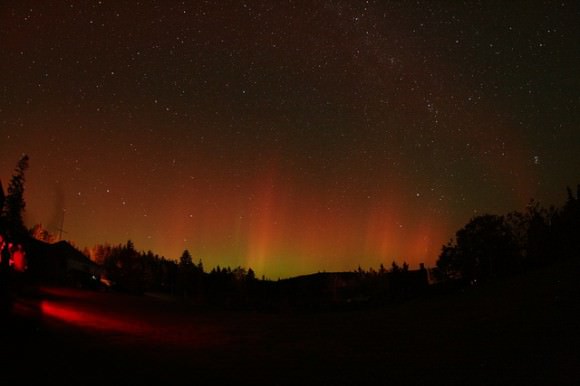
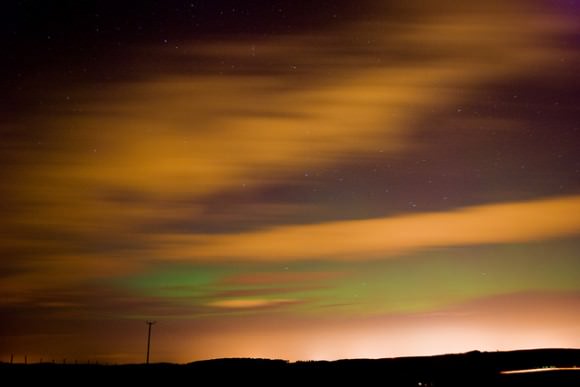

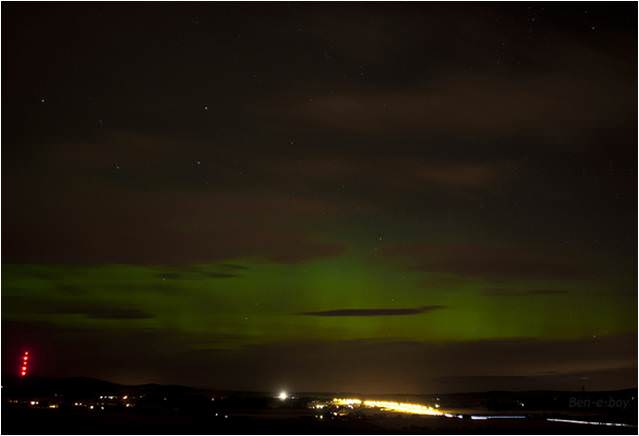
If can’t get up north or south ,Best thing to do is go here:
http://asc.mistralcom.ca/auroramax/eng/connect.asp
Click your refresh button every 15 seconds an you can watch them all night,If you missed last nights hit the gallery link at bottom,I’m watching the Aurora’s right now (12:12am Est)at the link above,But i live in Orlando,FL 8^)
Enjoy!